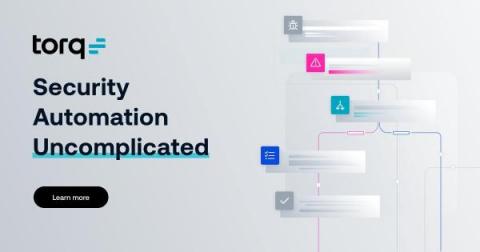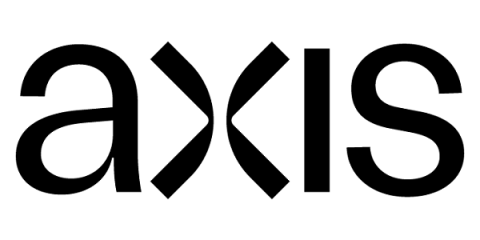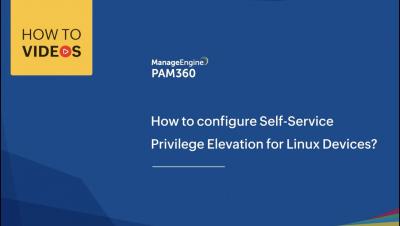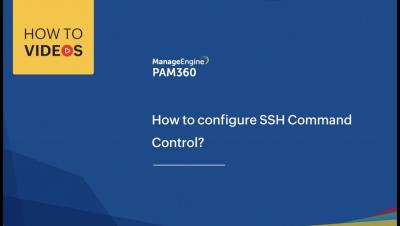Security | Threat Detection | Cyberattacks | DevSecOps | Compliance
Access Management
Privilege Access Governance - Close the gap between privileged access and standard-user identities
Strategies for successfully managing privileged accounts
How To Prevent Overprivileged Data Access From Harming Your Business
Privileged access management was designed to prevent human errors and reinforce security in general. However, even though this approach has been used for decades, studies still show that human error contributes to 95% of cyber attacks. So what are organizations doing wrong? Are they using privileged data access in the best way possible? Sadly, many companies don’t put much thought into using their security systems correctly, but there is an easy way to fix this.
Understanding the basics of Cloud Security: Cloud Privilege Escalation
Cloud privilege escalation is a growing concern for organizations as they embrace cloud-based infrastructure and services. To address the risks associated with privilege escalation, it's vital to implement robust security practices. In this post, we’ll cover privilege escalation as it relates to cloud security risk and the best practices for mitigation.
How CIAM safely orchestrates your customers' journey and its benefits
Customers’ willingness to give you their personal data begins with the experience they receive. Convincing them requires the right tone, an outlook of what they’ll get in return, and most importantly, a high level of trust. But while companies depend on customer data to unlock growth, user-centric data collection can be tricky. 43% of U.S.











